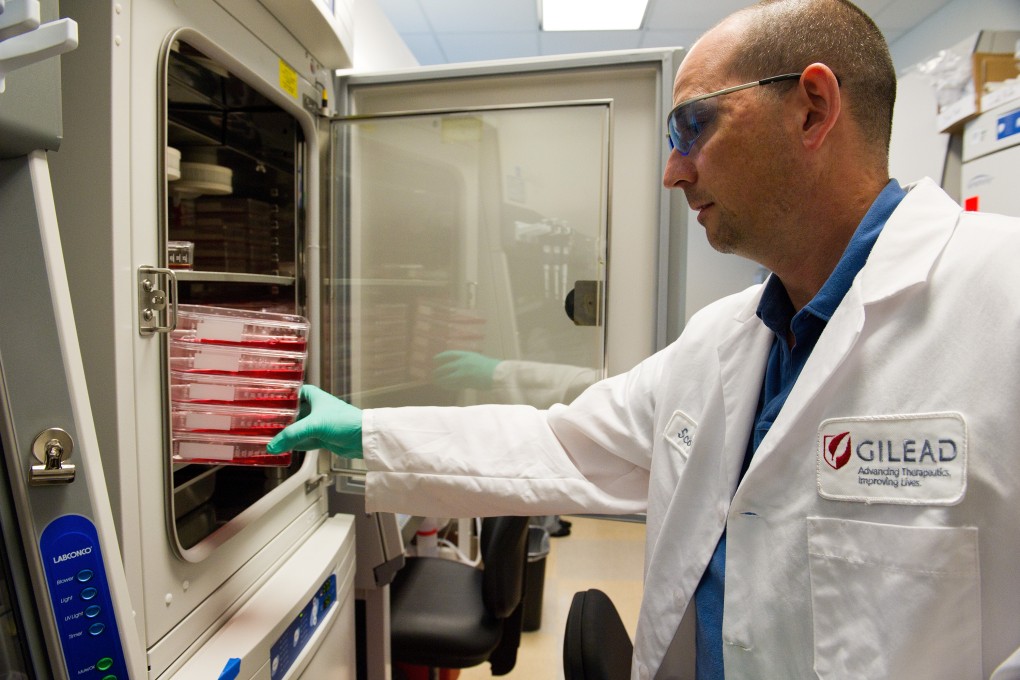My Take | Despite huge profits, Gilead Sciences defends price of its hepatitis drug
Champagne corks were doubtless popping in the California headquarters of Gilead Sciences on Thursday as its quarterly earnings were announced.

Champagne corks were doubtless popping in the California headquarters of Gilead Sciences on Thursday as its quarterly earnings were announced. The firm's second-quarter revenue was a whopping US$6.5 billion, far ahead of market expectations.
The star performer for the company was its hepatitis C drug, Sovaldi, which generated US$3.5 billion in sales. Sales this year are expected to hit US$10 billion, making it one of the world's best-selling drugs. It offers a complete cure for hepatitis C, a blood-borne disease that can lead to liver cirrhosis and cancer.
With the number of people afflicted with hepatitis C in the US alone estimated at more than three million, the company has every reason to feel optimistic. Some experts put the number of people affected in China at 40 million.
While the firm's results have been cheered by stock market analysts, health activists are not so happy. As soon as the results came out, one insurance trade group called for a reduction in the price of Sovaldi. Bodies ranging from the World Health Organisation to insurance trade groups have been calling for this ever since the drug hit the market. A spokeswoman for Medecins Sans Frontieres even blamed the company for putting profit before patients.
But the company has stood by its decision, saying research into drugs is a costly business and the authorities are actually saving money as the drug helps avoid costly liver transplants.
The US Senate's finance committee earlier this month asked the company to show how it arrived at the sale price. The senators say the company which originally developed the drug, Pharmasset, had forecast a price of US$36,000 for each treatment. Gilead bought Pharmasset for US$11 billion two years ago.
